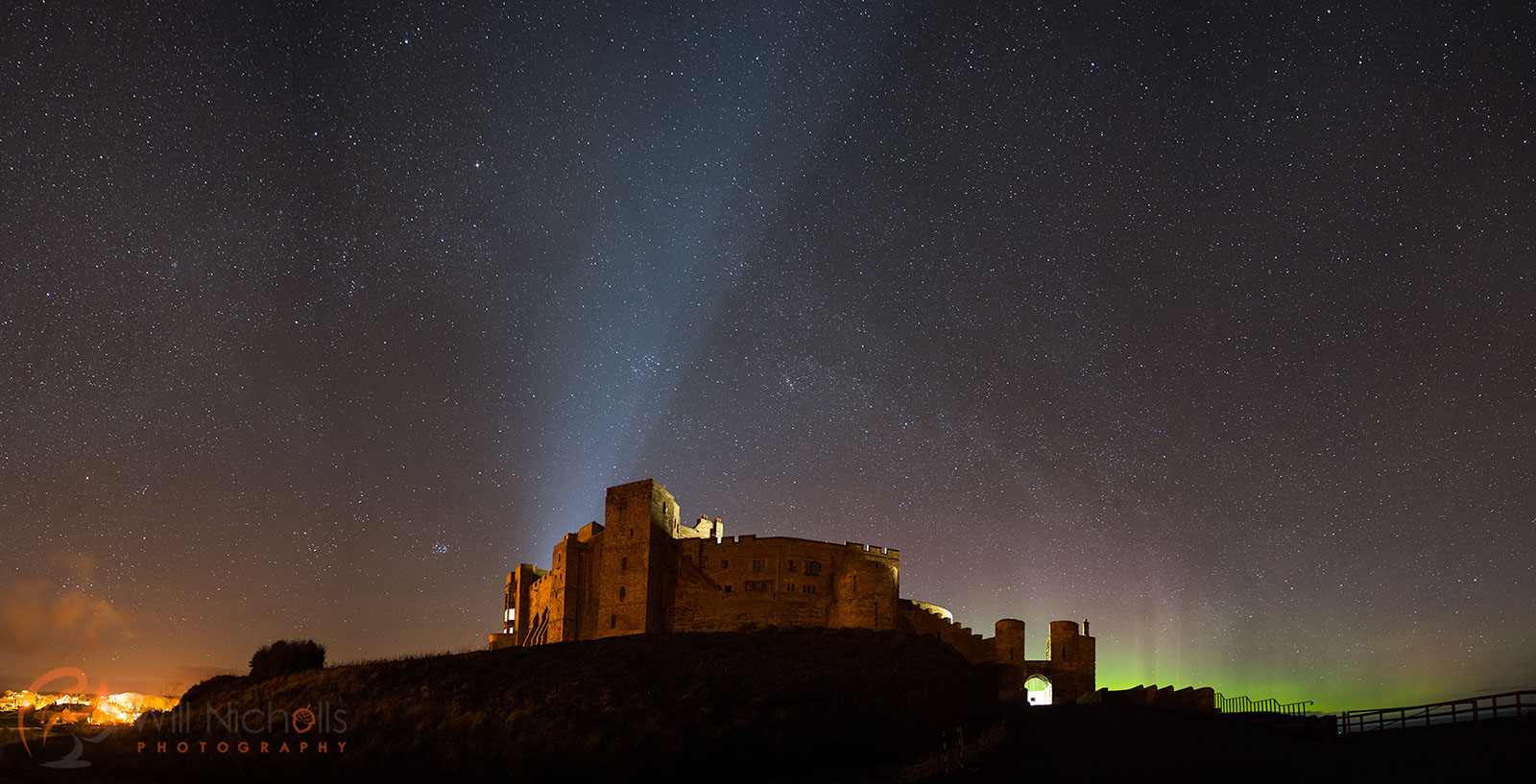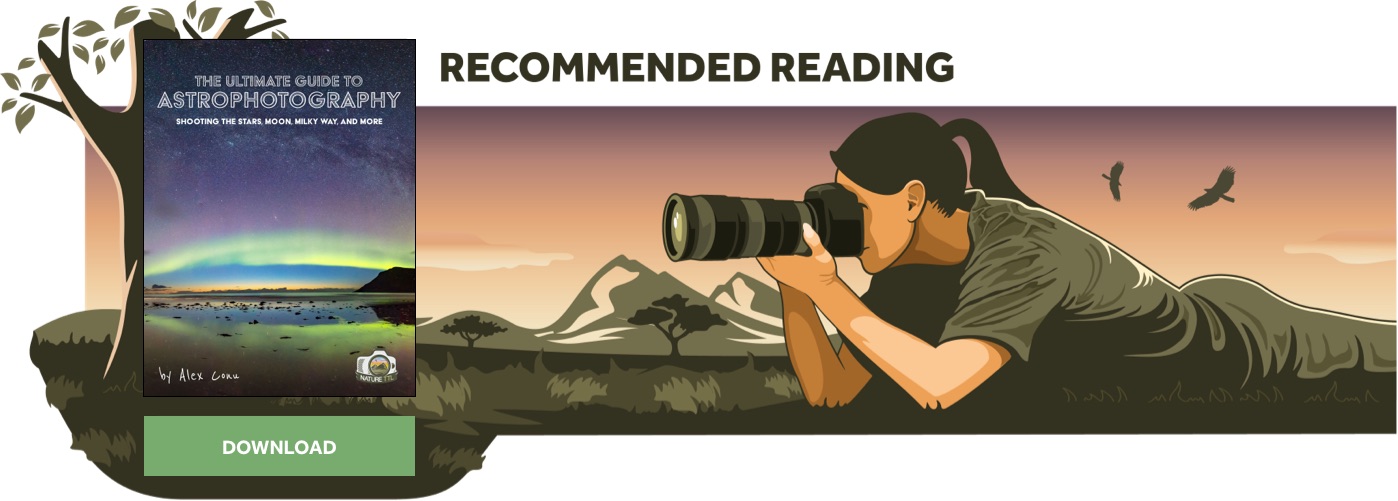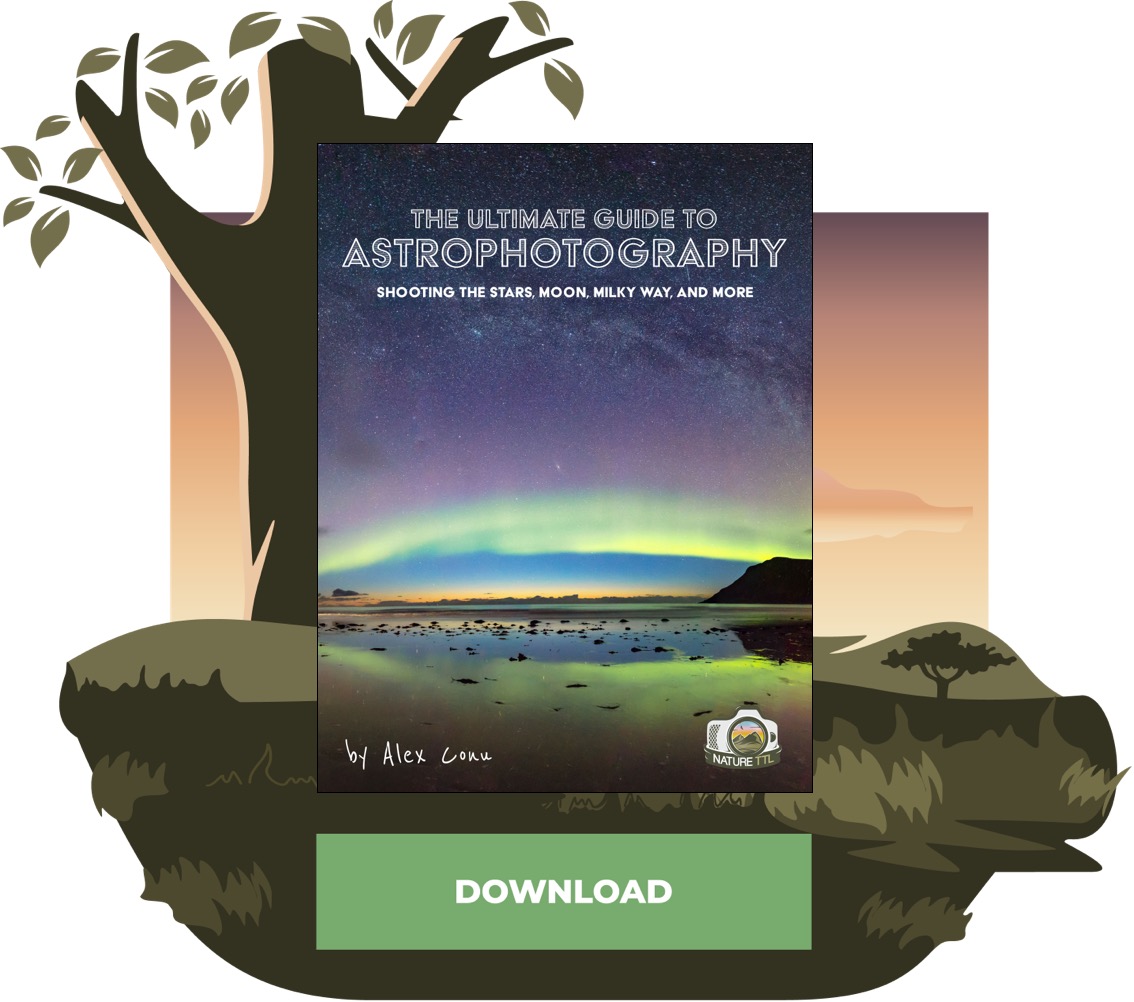How to Photograph the Aurora Borealis in the UK

Photographing the Aurora Borealis (a.k.a the Northern Lights) is becoming more and more popular in the UK. Thanks to social media, more of us are aware of when and where it is happening. But it’s not easy – and it’s not that regular either. Usually you are given about an hour’s notice of the impending Aurora, and it all depends on whether or not the sky is clear. Plus, it is normally only visible to those in the North. We’ve covered photographing the Northern Lights before, but let’s take a look at the issue with the UK in mind.

When and Where Does it Happen?
If you’re going to see the Aurora Borealis, it’s going to be in the winter time. The nights are much longer and darker, allowing for greater opportunities.


Where you will see it is another issue entirely. Firstly, you need dark skies. Head to the coast or away from cities and you should be in luck. If you can see lots of stars in the sky, then you’re probably in a fairly good place! The Aurora Borealis is mostly visible in the north of the UK, mainly Scotland. However, those in northern England are treated to the occasional display, and more recently those in the south have even caught a glimpse of it.
There are multiple ways you can get alerts and see the Aurora Borealis forecast. Lots of us in the UK like to use Aurora Watch UK for this. Personally, I prefer these Aurora Alerts as they are more clear to understand. You can see the forecast an hour in advance, and anything about level 5 KP value is worth looking out in the night for. I also recommend following @VirtualAstro on Twitter. If the Northern Lights are about, your Twitter feed will fill right up with retweets of people excitedly tweeting. This is the best way to be aware of what’s going on.
What Will It Look Like?
If it’s your first time photographing the Northern Lights, the likelihood is you’re looking for a big display of dancing green lights. You’re probably going to be filled with disappointment and think you’ve missed them, when everyone else got bright green pictures but the sky looks normal to you! Don’t worry, because it is not as vivid as you might first expect.
This far south in the northern hemisphere, seeing a very bright display to the naked eye is rare. The further north you go, the stronger they will appear. I live in the north of England, and when I see the Northern Lights it is actually just a pale glow on the horizon. If you think about it, where would this light be coming from when the sun has set? Set up your camera and take a long exposure; you’ll soon see that green light!

It goes without saying that you must look north for the Aurora Borealis. It may sound obvious, but I’ve seen many people pointing south thinking they have spotted it when actually they are looking at the lights of a distant town. Once you’ve spotted it, and your eyes have grown accustomed to the dark, it is still something you can appreciate. Look carefully and you can see columns of light explode upwards.
Sometimes the Aurora will just appear as a green glow. But if there is also a higher level of disturbance you can see columns of light moving around. It’s not just green either, there are plenty of purples and other colours if you’re lucky!
What Should My Settings Be?
There is much more detail on this from one of our other contributors in our How to Photograph the Northern Lights tutorial, but I will cover some basics here.
When you are trying to freeze columns of light, stick to an exposure of between 5 and 10 seconds. Make sure that you shoot with the aperture as wide as possible, and don’t be afraid to increase your ISO to around 2000 or more to bring out the colours. If your camera can’t cope with ISO speeds this high, then you can slow down your shutter speed. You may find there is less definition in the Aurora itself, but this is not always the case. Never exceed 30 seconds however, or your stars will start to trail from the rotation of the Earth. Your best bet is 20 seconds or less to be safe and avoid trailing (it varies depending on the focal length you’re shooting at).
You should always choose to expose to the right when shooting at night (overexpose slightly). A darker image may seem adequate on the back of your camera at night, but once you see it on the computer you’ll probably need to lift the exposure during editing. This brings out more noise and can degrade your image.
Focusing is the main issue when it comes to photographing the stars. You need to be using manual focus and be focused at true infinity on your lens. Infinity brings the stars and the majority of the scene into focus at the same time. Not all lenses come with a visible focus measure, but if yours does then you will see the infinity ∞ symbol. Be careful though, not all lenses have the true infinity point marked perfectly by this symbol. You’ll need to fine tune the focus – be extremely cautious here, if you’re wrong you can ruin the shot. Zoom to the maximum on the camera’s LCD and ensure that your stars are pin sharp. It’s worth spending some time doing this – don’t rush!
One trick is to buy a dedicated lens for your star photography, and figure out true infinity during the day by focussing on very, very distant hills. You can then tape up the lens so the focus never moves and you can start shooting immediately at night. The Samyang 14mm f/2.8 lens is a great choice for a dedicated astrophotography lens. It’s relatively cheap, and will produce fantastic results. It’s available for both Canon and Nikon.

Finally, make sure you shoot in raw file format. You can then fine tune your white balance afterwards to reflect the true colours of the Northern Lights. I’d also like to encourage people not to be too adventurous with post processing. It is tempting to ram the saturation to maximum in your editing software, but this isn’t a true representation of the sky. Whilst it may look super alien and cool, those who really know the Aurora will be able to tell what you’ve done. Keep things real! It looks much more impressive.
Plan Ahead
Think about where you are going to go. Chances are you will need to react quickly and head straight out in the car to an appropriate location. Somewhere dark with an interesting foreground piece is your best bet. Silhouetting objects against the lights gives a great effect, but you can also experiment with ‘light painting’ in the foreground if you are feeling adventurous.
Be Courteous
Chances are that there will be many people photographing the Northern Lights around you. It’s an incredible spectacle and extremely addictive. Be courteous to others, and be conscious of shining lights around. This can really irritate other people as even the light from your phone can destroy someone else’s long exposure. If you want to be alone, then head somewhere more discreet, away from main landmarks, where people are less likely to be. Keeping things happy and friendly with other photographers is definitely something that will work in your favour – you’ll probably find them happy to help you out and give you some very helpful advice. Being a wildlife photographer by trade, this has certainly been the case for me in the past when I first started with the Aurora!
Final Top Tips
Here are some last few things that I have learnt that really make the difference:
- Bring a torch
- Wrap up warm – so you can stay outside for hours!
- Hand warmers like these are great for cold nights.
- Always keep your batteries charged up, as you may be dashing out the door at any moment.





